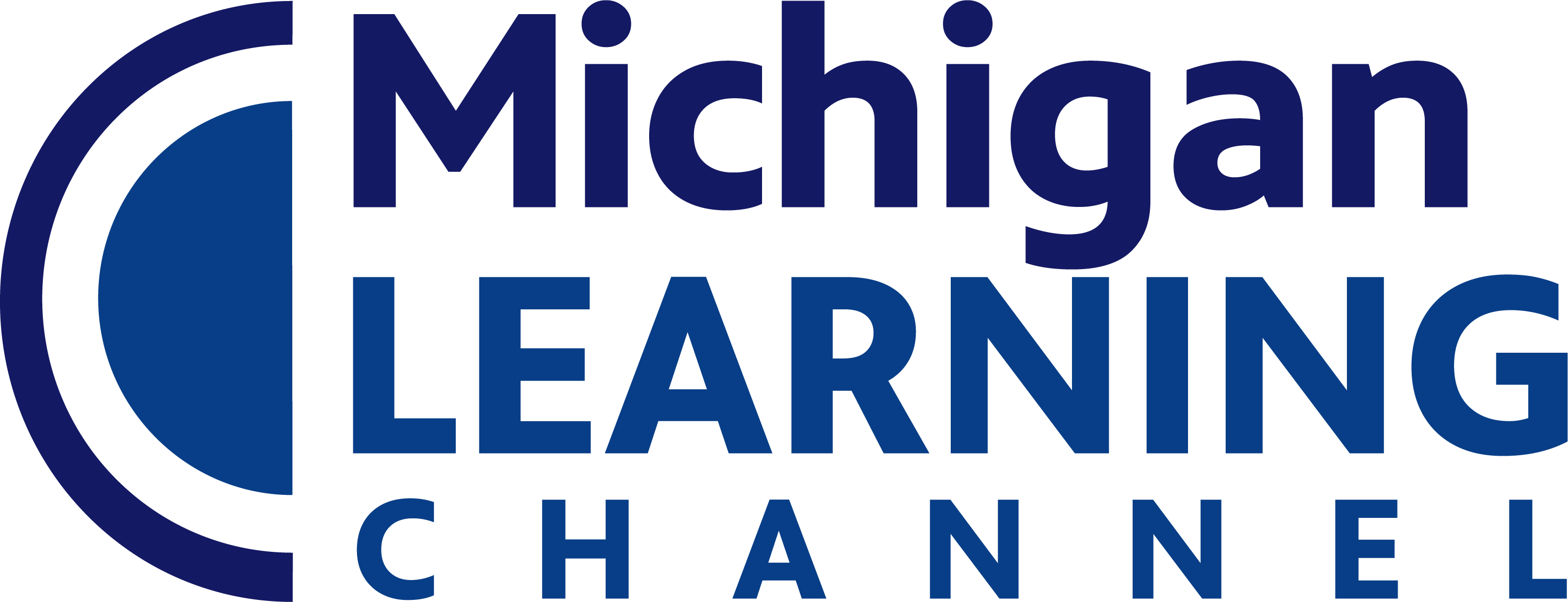Subjects
Shows
Use descriptive vocabulary and analytical thinking to give and receive constructive criticism.
Use theatre vocabulary to critique and evaluate the effectiveness of theatrical productions.
Produce written, verbal, and visual responses to students' written and/or performed dramatic material.
Demonstrate a basic knowledge of non-Western theatre history such as that of Asia, Africa, India, and Australia.
Explore the ways in which many cultures have used theatre to raise social awareness.
Interact with and examine a wide variety of professions stemming from theatre, such as screen writing, critic, fashion designer, architect, [...]
Demonstrate understanding of other art disciplines by identifying similarities and differences.
Sing and play with expression and technical accuracy, an increasingly diverse repertoire of literature at developmentally-appropriate levels. Perform at least [...]
Sing and play accurately as a soloist, and in both small and large ensembles with appropriate technique and breath control.
Sight read basic melodies in treble and bass clefs, using combinations of whole, half, quarter, eighth, sixteenth, and dotted notes [...]
Improvise short melodies over given rhythmic accompaniments, each in a consistent style, meter, and tonality.
Compose short pieces to communicate ideas and/or stories, within defined parameters.
Use a variety of traditional and nontraditional sound sources when composing, arranging, and improvising
Identify and describe specific musical elements and events in a given aural example, using appropriate terminology.
Analyze elements of music used in music of increasingly diverse genres and styles.
Demonstrate knowledge of the basic principles of tonality, major chords, and I-IV-V harmonic progressions in major keys.
Develop criteria based on musical knowledge and personal reflections to evaluate the quality and effectiveness of music performances. Apply these [...]
Evaluate the quality and effectiveness of one’s own and others’ musical performances and creations by applying specific and appropriate criteria, [...]
Describe distinguishing characteristics of a repertoire of music from diverse cultures.
Classify by genre and style (and, if applicable, by historical period, composer, and title) a varied body of exemplary musical [...]
Compare, in several cultures of the world, functions music serves and the roles of musicians.
Identify and demonstrate understanding of contrasting and complimentary shapes, and taking and supporting weight with a partner.
Identify and demonstrate understanding of pantomiming and abstracting a gesture.
Demonstrate understanding of creating contrasting and complimentary shapes, and taking and supporting weight with a partner.
Demonstrate the ability to create movement sequences that communicates a topic of personal significance.
Identify and demonstrate understanding of dance movements utilizing the appropriate dance/movement vocabulary.
Introduce manipulation of movement to solve a specific movement problem and be able to discuss their outcome.
Demonstrate appropriate audience behavior while watching live dance, including how to appropriately express their opinions to performers in a supportive [...]
Identify and demonstrate understanding of contrast of aesthetic impact between a live and recorded performance.
Identify and demonstrate understanding by performing folk and/or classical dances from other cultures; describe similarities and differences in steps and [...]
Identify and demonstrate understanding of folk, social, or theatrical dance forms learned from resources in their own community, of different [...]
Identify and demonstrate understanding of the role of dance in a culture or time period.
Identify and manipulate the concepts of alignment, balance, initiation of movement, articulation of isolated body parts, weight shifts, elevation and [...]
Identify and demonstrate basic dance steps, positions, and patterns for dance from tow different styles or traditions.
Subjects
Shows
Use descriptive vocabulary and analytical thinking to give and receive constructive criticism.
Use theatre vocabulary to critique and evaluate the effectiveness of theatrical productions.
Produce written, verbal, and visual responses to students' written and/or performed dramatic material.
Demonstrate a basic knowledge of non-Western theatre history such as that of Asia, Africa, India, and Australia.
Explore the ways in which many cultures have used theatre to raise social awareness.
Interact with and examine a wide variety of professions stemming from theatre, such as screen writing, critic, fashion designer, architect, [...]
Demonstrate understanding of other art disciplines by identifying similarities and differences.
Sing and play with expression and technical accuracy, an increasingly diverse repertoire of literature at developmentally-appropriate levels. Perform at least [...]
Sing and play accurately as a soloist, and in both small and large ensembles with appropriate technique and breath control.
Sight read basic melodies in treble and bass clefs, using combinations of whole, half, quarter, eighth, sixteenth, and dotted notes [...]
Improvise short melodies over given rhythmic accompaniments, each in a consistent style, meter, and tonality.
Compose short pieces to communicate ideas and/or stories, within defined parameters.
Use a variety of traditional and nontraditional sound sources when composing, arranging, and improvising
Identify and describe specific musical elements and events in a given aural example, using appropriate terminology.
Analyze elements of music used in music of increasingly diverse genres and styles.
Demonstrate knowledge of the basic principles of tonality, major chords, and I-IV-V harmonic progressions in major keys.
Develop criteria based on musical knowledge and personal reflections to evaluate the quality and effectiveness of music performances. Apply these [...]
Evaluate the quality and effectiveness of one’s own and others’ musical performances and creations by applying specific and appropriate criteria, [...]
Describe distinguishing characteristics of a repertoire of music from diverse cultures.
Classify by genre and style (and, if applicable, by historical period, composer, and title) a varied body of exemplary musical [...]
Compare, in several cultures of the world, functions music serves and the roles of musicians.
Identify and demonstrate understanding of contrasting and complimentary shapes, and taking and supporting weight with a partner.
Identify and demonstrate understanding of pantomiming and abstracting a gesture.
Demonstrate understanding of creating contrasting and complimentary shapes, and taking and supporting weight with a partner.
Demonstrate the ability to create movement sequences that communicates a topic of personal significance.
Identify and demonstrate understanding of dance movements utilizing the appropriate dance/movement vocabulary.
Introduce manipulation of movement to solve a specific movement problem and be able to discuss their outcome.
Demonstrate appropriate audience behavior while watching live dance, including how to appropriately express their opinions to performers in a supportive [...]
Identify and demonstrate understanding of contrast of aesthetic impact between a live and recorded performance.
Identify and demonstrate understanding by performing folk and/or classical dances from other cultures; describe similarities and differences in steps and [...]
Identify and demonstrate understanding of folk, social, or theatrical dance forms learned from resources in their own community, of different [...]
Identify and demonstrate understanding of the role of dance in a culture or time period.
Identify and manipulate the concepts of alignment, balance, initiation of movement, articulation of isolated body parts, weight shifts, elevation and [...]
Identify and demonstrate basic dance steps, positions, and patterns for dance from tow different styles or traditions.


